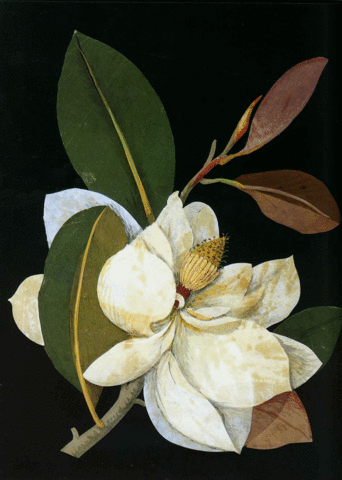I recently read Makoto Fujimura’s latest book, Culture Care. His is one of the most profound, succinct definitions of beauty I’ve ever read:
Beauty is the quality connected with those things that are in themselves appealing and desirable. Beautiful things are a delight to the senses, a pleasure to the mind, and a refreshment for the spirit. Beauty invites us in, capturing our attention and making us want to linger. Beautiful things are worth our scrutiny, rewarding to contemplate, deserving of pursuit. They inspire— or even demand— a response, weather sharing them in community or acting to extend their beauty into other spheres.
Beauty may not be embodied in an enduring form— a given bouquet of flowers will soon wilt, though a painting or poem can last for generations— but it is something we want to remember and something we would not want to change. Beauty is thus connected with satisfaction— which may point to the way beauty feeds the soul.
Beauty touches on some combination of qualities, difficult to quantify, of pattern, design, form, shape, color, sound, light, integrity, and relationship. It appeals to us at multiple levels, speaking to our intellect and our logical capacities as well as our emotions and spirit.
Truly great. His phrasing that “beautiful things are worth our scrutiny” is something I’ve spent a hundred pages trying to articulate. I am thankful for this definition.
A motivation of his work, Fujimura shares, is to end the idea of the “Christian artist.” He seeks to break Christian identity out of the adjectival box. What is the alternative to which he seeks to lead such artists, though? This is unclear.
Other aspects of this work were troubling. First, a theme of the book is that artists are by nature maercstapas, or “border-stalkers.” Fujimura elevates anecdotal themes to a necessary characteristic of an artist. He confuses what has become a cultural stereotype—the tortured, distant, unsettled artist— with the truly diverse nature of a people group. To be a “border-stalker” is to live on the outskirts of your own society, in isolating communication with other societies; it is to never feel at home in your own culture, to be a perpetual outcast. His hope seems to be to redeem these outcasts to their own society as valued, contributing members. But in effect, he limits in his mind who is an artist. What of artists who are at home in their own culture? Can they not aptly comment on their own society, while still calling it home? While functioning healthily in it? It is a silly line to draw, and one that perpetuates a destructive stereotype which has arguably drawn the very wedge between the church and the artist which Fujimura claims to seek to bridge.
Second, in his examples of Emily Dickinson and Vincent van Gogh, Fujimura bemoans the church’s handling of such great artists. The split between these artists and the church is read to be the result of the church neglecting to listen to these maercstapas who, by being such, have a better view of the world and what might be best for it. While Dickinson and van Gogh are both phenomenal artists, the idea that their issues with the church (each distinct, but substantial) should result in the church being deferential to their views simply because they are artists, is troubling. Nowhere in scripture does God tell us the artist ought to inform the ministers of the church in such a way. Scripture is quite clear that to the pastors and elders of the church is given the role of prophecy and discipline. That being said, has the church mishandled their treatment of orthodox artistic members? Yes. However, Dickinson and van Gogh are poor examples, and the remedy is not that an artist ought to be elevated in authority as an informant to the pastor simply by virtue of being artistic.
I share Fujimura’s befuddled unrest at the church’s relationship to art. I share his hope of artists thriving in the church as valued, contributing members of the body, comfortable and thriving. I do not think the pastors deferring to them in matters of what the church needs is the way to this particular vision. Namely, because to the church is given the role of proclaiming, interpreting, and applying the Word of God to the people of God. This is the role of pastors and elders: to be ministers of the Word. This role comes, by the grace of God, with supernatural help to achieve its end.
Artists and pastors can certainly have a mutually beneficial relationship within the body of Christ. Together, they can work toward the goal of “culture care.” To the pastor belongs the role of prophet, expounding and applying the Word of God to his people. Fujimura seems to want to elevate the role of artist to a another office of the church, and this is troubling. We must not need to add to scripture to validate what scripture has deemed good. Artists can do what is good— perpetuating what is beautiful, blessing society with the truth, cultivating the common good, for the glory of God. But artists, truly all the people of God, ought to be subject to the ministry of the Word in the church, submitting themselves to the teaching and discipline which God has promised to fuel and preserve (for his glory and our good!). Artists do not need to be elevated in this system to be validated. The church need not submit to artists to value and support them.

